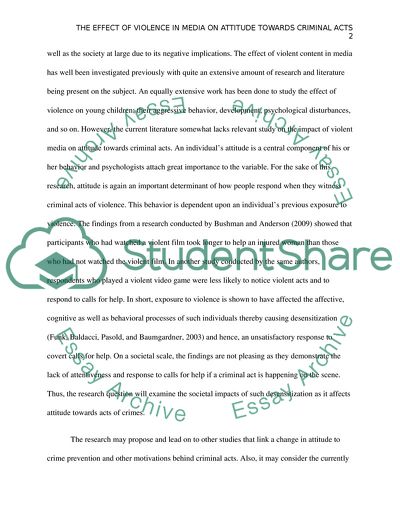Cite this document
(The Effect of Violence in Media on Attitude towards Criminal Acts Coursework Example | Topics and Well Written Essays - 2000 words - 5, n.d.)
The Effect of Violence in Media on Attitude towards Criminal Acts Coursework Example | Topics and Well Written Essays - 2000 words - 5. https://studentshare.org/media/1828748-research-project
The Effect of Violence in Media on Attitude towards Criminal Acts Coursework Example | Topics and Well Written Essays - 2000 words - 5. https://studentshare.org/media/1828748-research-project
(The Effect of Violence in Media on Attitude towards Criminal Acts Coursework Example | Topics and Well Written Essays - 2000 Words - 5)
The Effect of Violence in Media on Attitude towards Criminal Acts Coursework Example | Topics and Well Written Essays - 2000 Words - 5. https://studentshare.org/media/1828748-research-project.
The Effect of Violence in Media on Attitude towards Criminal Acts Coursework Example | Topics and Well Written Essays - 2000 Words - 5. https://studentshare.org/media/1828748-research-project.
“The Effect of Violence in Media on Attitude towards Criminal Acts Coursework Example | Topics and Well Written Essays - 2000 Words - 5”. https://studentshare.org/media/1828748-research-project.


